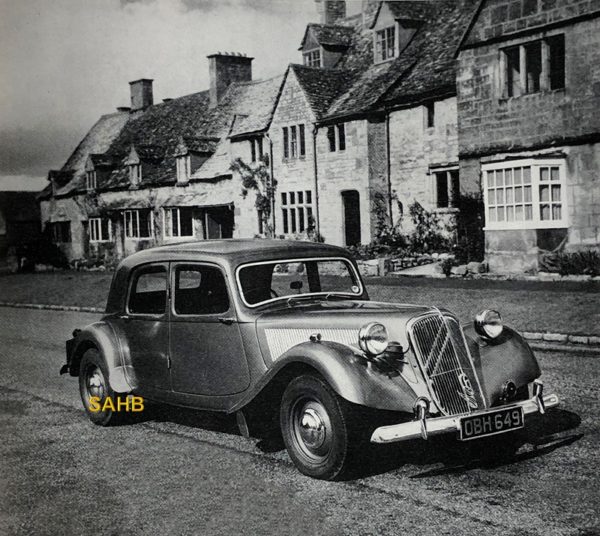
The Citroën Traction Avant was made in many forms from 1934 to 1957. It was a popular car: around 760,000 were produced.
Before the war the three main models were the 7 (1.3 and later 1.5 litre 4-cylinder), the 11 (1.9-litre 4-cylinder) and 15/6 (2.8-litre 6-cylinder). The 7 ceased production in 1941.
All three models were built both in France in the Quai de Javel factory in Paris, and in the Slough factory in England. The Slough-built cars had many differences from their French sisters. The first change was to their names: taxable horsepower was calculated differently in France and Britain, so in this country the 7 was called the Light Twelve or Super Modern Twelve, the 11 was renamed the Light Fifteen or in the long-wheelbase version the Big Fifteen, and the 15/6 became the Six Cylinder or Big Six. The car in our Snapshot is a right-hand-drive Big Six built in Slough. Its engine gave it significantly better performance than its smaller sister: road tests by The Motor reported a top speed of 81.1 mph and a 0-60 mph figure of 21.2 seconds (against 72.6 mph and 29.7 seconds).
Slough-built cars had to contain 51 per cent UK parts to exempt them from protective UK import taxes. Examples of the changes to achieve this were the 12-volt Lucas electrics, headlights, dynamo and starter, an interior with a walnut dashboard and Jaeger instruments, Connolly leather seats and door panels and a wool headlining. Outside, the cars carried bumpers and overriders unique to the UK and a chrome grille, with the Citroën chevrons mounted behind. Some were fitted with a sunroof. Most of the Slough-built cars were right-hand drive, although a small number of British-specification, left-hand-drive cars were also built. Unlike the Paris-built cars, which until 1953 were only available in black, Slough cars could be had in a range of colours.
The final version of the six-cylinder car, the 15/6 H, was used as a test bed for the introduction of the hydropneumatic suspension that underpinned the revolutionary DS19 launched at the Paris Motor Show in 1955. This system was fitted to the rear suspension of the 15/6 H with a lever in the boot to permit the ride height to be modified. A dashboard-mounted override control was fitted to allow the rear suspension to be locked in normal ride height when parked, so the car did not drop in response to loading and unloading. A 15/6 H (naturally a left-hand-drive Paris-built car) was used for filming of the BBC’s “Maigret” series, starring Rupert Davies, that ran for 51 episodes from 1960 to 1963. Davies liked ‘his’ 15/6 H so much that he bought it after the series ended.
Photo courtesy of The Richard Roberts Archive.
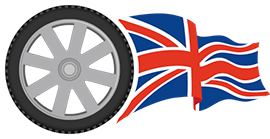


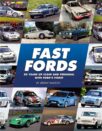
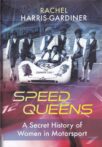
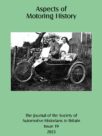
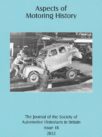
Leave a Comment